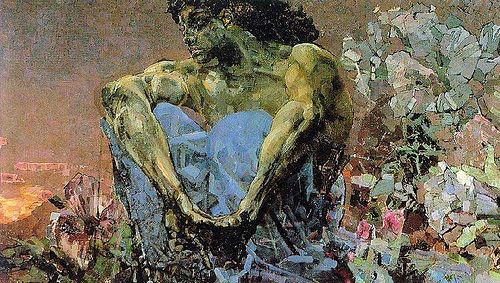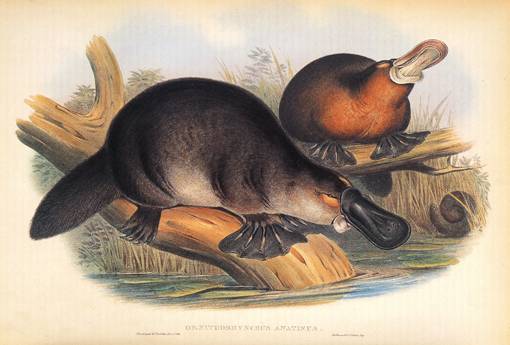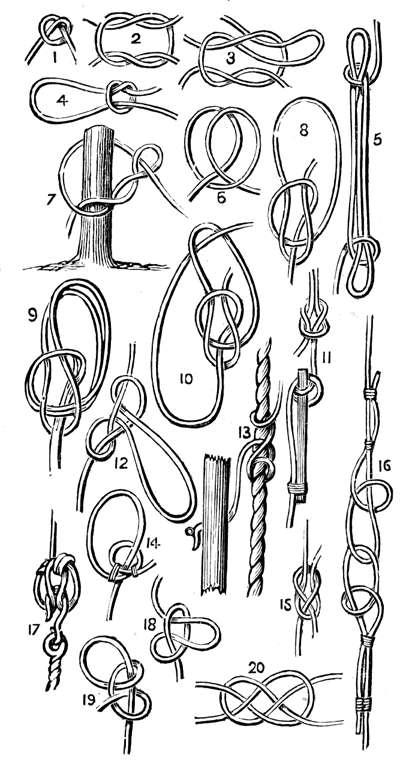
A classification of demons, from occultist Francis Barrett’s 1801 book The Magus:
- Mammon: prince of seducers
- Asmodai: prince of vile revenges
- Satan: prince of witches and warlocks
- Pithius: prince of liars and liar spirits
- Belial: prince of fraud and injustice
- Merihem: prince of pestilences and spirits that cause pestilences
- Abaddon: prince of war
- Astaroth: prince of inquisitors and accusers



